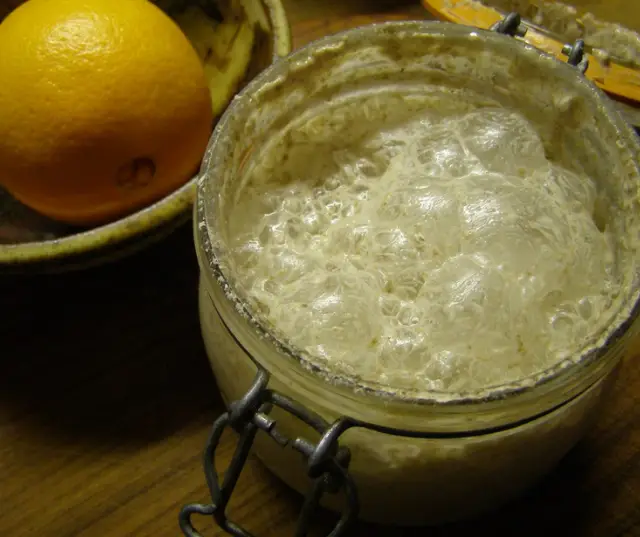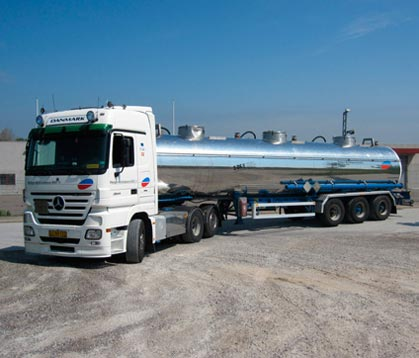

The high potassium and low sodium characteristic of most juices help in maintaining a healthy blood pressure. Extracted juices from fruits contain most substances which are found in the original ripe and sound fruit from which the juice is made. Consumption of fresh juices increased dramatically due to their freshness, high vitamin content, and low caloric consumption. Unpasteurized fruit juice is defined as the product produced by pressing or squeezing of the fruits. Some of the microorganisms detected in these juice samples can cause disease in human beings, so there is need for some guidelines that can improve the quality of fruit juices. niger, Cladosporium, and Fusarium were also observed in tested juice samples. Candida sp., Curvularia, Colletotrichum, and Acetobacter were observed only in citrus juice samples. Escherichia coli and Staphylococcus aureus were detected in few samples. Among bacteria Bacillus cereus and Serratia were dominant. Aspergillus flavus and Rhodotorula mucilaginosa were observed in the maximum number of juice samples. Yeasts and moulds were the main cause of spoilage of juices. Twenty-five microbial species including 9 bacterial isolates, 5 yeast isolates, and 11 mould isolates were isolated from juices. A total of 30 juice samples were examined for their microbiological quality.
#Yeast and fruitjuice serial#
In the present study, we have conducted a microbiological examination of freshly prepared juices (sweet lime, orange, and carrot) by serial dilution agar plate technique. They contain essential nutrients which support the growth of acid tolerant bacteria, yeasts, and moulds. Some prefer lactose or artificial sweeteners but I have found that stevia liquid is a good, low cost option.Fruit juices are popular drinks as they contain antioxidants, vitamins, and minerals that are essential for human being and play important role in the prevention of heart diseases, cancer, and diabetes. To do this easily one can use a non-fermentable sweetener. It contains sugar and fruit flavour so is a useful base for fermentation.Īs the yeast will ferment most sugars it can be difficult to predictably and stably sweeten the drink. Fruit juice with little sugar (eg lemon juice) would add big flavour but little to the carbonation process and so is an "ideal" flavouring agent.Īnother possible flavouring agent is the use of home made jam. If it has more then it may over ferment and might need dilution to be used "safely", if it has less then one can add sugar to the brew to achieve carbonation.Īlternative one could make up the required sugar water base and flavour it with syrup or fruit squash- but again check the sugar content of the squash and adjust as needed.

If the juice already has this amount of sugar present then it might be directly fermented - but be warned most juices contain more than this. Using these base measurements one might make up a solution of (say) 10g sugar/glucose in 1L of water. I use 350-400g of sugar to carbonate 20L of fizzy wine (champagne method). I generally use about 150g of sugar to carbonate 20L of beer. The easiest way to make cheap soda is by using a measured amount of sugar with the yeast. That and the fact that "exploding" plastic bottles are not nearly as dangerous. The reason being that one can test the pressure of the bottle by giving it a squeeze.

It would be far better to use plastic PET (fizzy drinks) bottles than glass bottles. This danger can be alleviated using some basic precautions. This method does work but can be rather dangerous - mainly because it is hard to judge the carbonation of the "soda" and the glass bottle might become over pressurised.


 0 kommentar(er)
0 kommentar(er)
